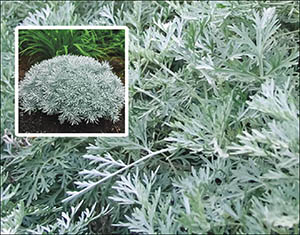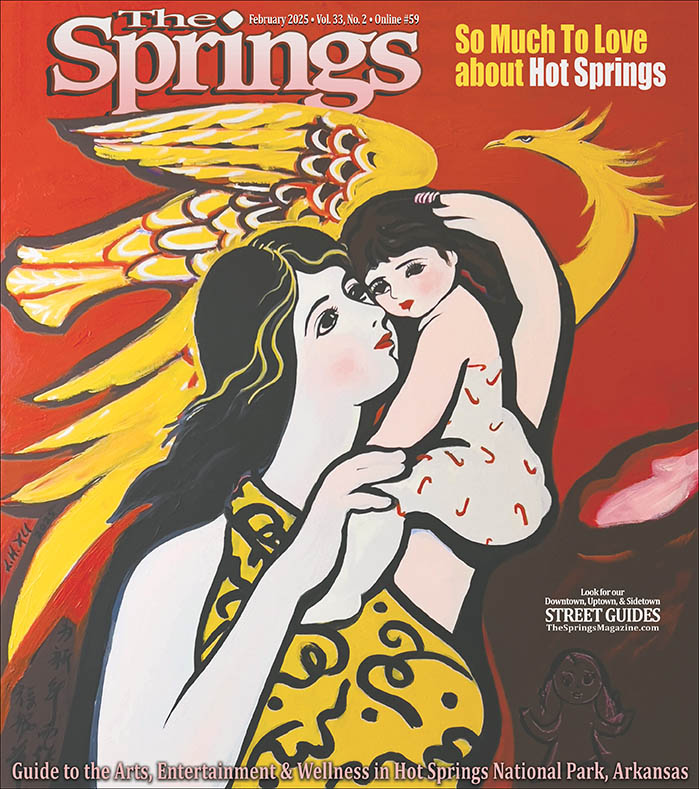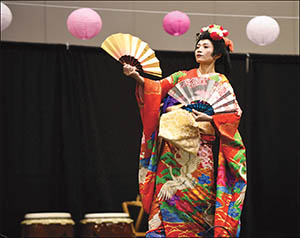Artemisia’s varied characteristics have been known to cause division among gardeners.
By Leigh Ann Hicks
Artemisia is an aromatic plant with feathery silver-blue-gray foliage. It gives the eye a resting spot when surrounded by colorful blossoms and provides interesting contrast. Its soft leaves can be used in fresh herbal arrangements or wreaths.
There are many species of artemisia. Common names include mugwort, wormwood, and sagebrush. Tarragon is a species of artemisia beloved by French chefs that may be in your herb garden. Some mugwort species repel fleas and moths, while others have been brewed as a remedy for hangovers. And the species artemisia absinthian is used to make absinthe, a potent spirit that may CAUSE a hangover.
However, artemisia can cause division among gardeners: it makes some gardeners grin but others grumble!
Yay:
– easy to grow
– low water needs
– not too picky about soil
– does well in high humidity areas (hello, Arkansas!)
– lovely fragrance
– deer don’t like it
– foliage provides interesting texture and contrast in garden beds
Nay:
– can be invasive
– let’s be honest: can be VERY invasive!
– may cause allergy symptoms when it releases pollen in late summer
As for me, I say “Yay!” I love a plant that’s easy to grow. Another Master Gardener gifted me some last spring and it immediately took off. The crazy late frosts didn’t affect it the least bit. But, yes, it has spread some, but the outliers are easy to pluck away. (Let me know if you want some!)
What say you?
Leigh Ann Hicks, a Garland County Master Gardener, volunteers with GC Master Gardeners of the UofA Div. of Agriculture, Cooperative Ext. Service. Master Gardeners pool skills and resources to improve home horticulture, stimulate interest in plants and gardening, and encourage beautification. For more info, call 501-623-6841 or email ashaffer@uada.edu.









